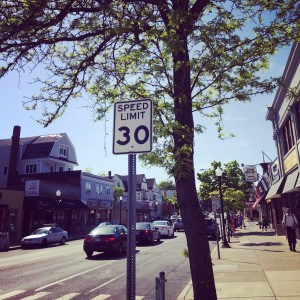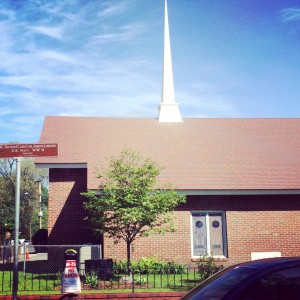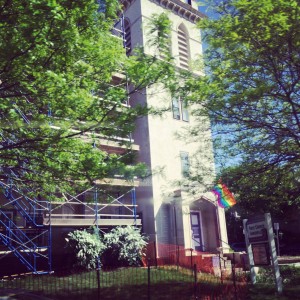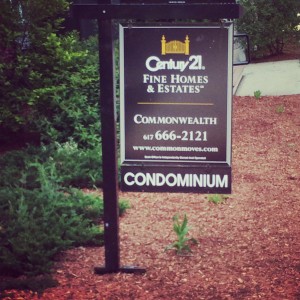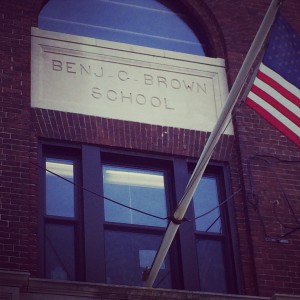One of the best ways to get a feel for the community around your congregation is to walk the streets. Back in 2018, I took a walk around my neighborhood in Somerville MA, and here’s some of the things I found:
There are shopping areas —
And churches —
Multiple-family homes and houses under construction and for sale —
A popular bike route, a community garden, and a school —
What all can this tell us about the neighborhood where I live? Given the condos and multiple-family housing, one might assume that it’s population-dense (which it is). Given the presence of a school, the fact that many houses are under construction, and the investment in the community through a community garden, one could interpret people to be closely-tied to the community and invested in its well-being. Knowing the close location to a popular area of the Boston suburbs, along with the presence of a few nearby universities, one might assume that it is a student-friendly neighborhood. And noticing the number of individuals, couples, and families on the bike route taking a walk, getting some exercise, or generally enjoying the weather, one might assume that this is an area that is focused on health and wellness.
Now, what good does that do you or your congregation? Walking around the neighborhood might allow you to recognize some untapped needs in the community. For my neighborhood, perhaps sponsoring an event near the popular bike path or near the community garden, promoting the congregation and passing out cookies and lemonade might draw new interest to your community. Teaming up with nearby churches to sponsor a 5K for a local charity might motivate a group of fitness-oriented neighbors to check out your congregation. Keeping an eye on “for sale” signs and moving vans might allow you to welcome new neighbors (without seeming too confrontational). Maybe stand by the bike racks and hand out water bottles in the morning or afternoon commute during a hot day in the summer, and be an open and welcoming presence to a new community.
Another useful form of walking tour is to walk with a group of people, particularly people who have lived in the neighborhood long-term. As you walk through the neighborhood, talk through changes and adjustments the community has made, and discuss the ramifications of those changes to your local congregation. How has your local congregation responded to neighborhood changes?
Spend this weekend taking a walk!


